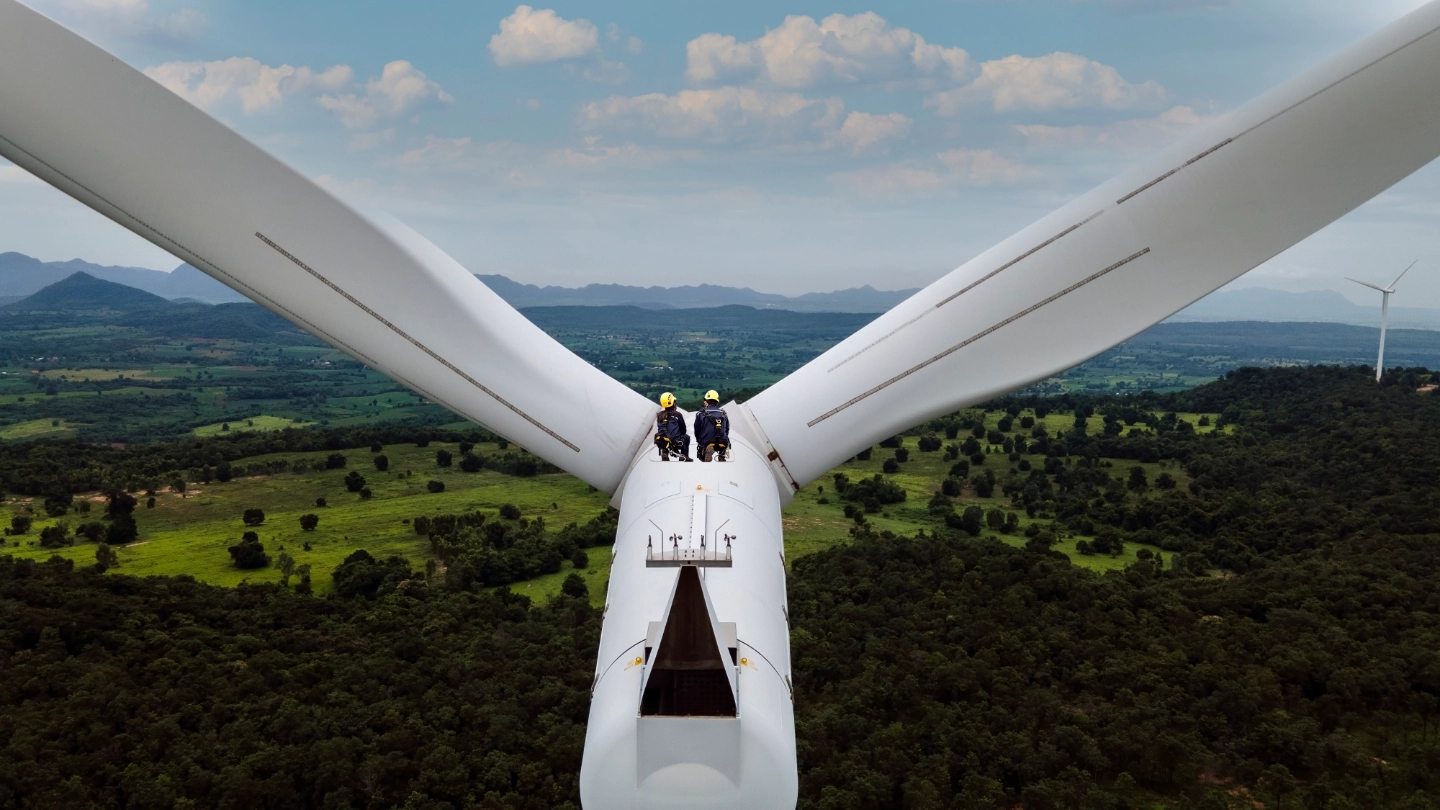
Our economists take the temperature of the energy industry and how well it is prepared for the energy transition.
Climate change has “reached new heights”, according to the UN’s World Meteorological Organization. 2024 was the first year that the world’s temperature reached an average 1.55˚C above pre-industrial levels. Arguably, the imperative to transition to clean energy is more urgent than ever.
However, that is not what we are seeing unfold. Instead global events are leading energy consumption along a different path, where European nations are directing public spending towards defence rather than energy transition, and political will is changing. For example, this can be seen in the USA under President Trump, which has now withdrawn from the Paris Agreement.
So what does that mean for the world’s energy producers and markets? In the latest Atradius Energy Outlook, our team of economists including Dana Bodnar, Theo Smid, Niels de Hoog and myself, look at the world’s primary energy trends.
What is the global outlook for oil producers?
Oil markets are facing declining demand, but we think this has slowed now that many of the advanced economies are deprioritising their previous clean energy goals. Of course, governments could still put in a drive to meet net zero by 2050 and if this happens, we expect oil prices to drop by as much a half by 2035. For now, however, oil demand will be met by an increase in production in the Americas.
Will global gas prices decline?
The massive upheaval experienced by gas markets following Russia’s invasion of Ukraine in 2022 has largely calmed. The USA and producers in the Middle East stepped in to fill the gap created by the interruption to Russian supply.
The USA is currently the world’s largest producer of liquefied natural gas, a position we expect it to hold up until at least 2050. Demand is most likely to come from the powerhouses of Asia (India and China), as well as from the Middle East. We do expect gas prices to decline, with potential surpluses accelerating this slide downwards.
Are energy producers on track for managing the clean energy transition?
It is likely that the UAE and Saudi Arabia will retain their key positions in the oil and gas markets. With their large reserves and low production costs they should be able to weather short-term market uncertainty. A gradual decline in prices should result in manageable steps towards the clean energy transition, although diversification will be key for their longer-term growth projections.
The same cannot be said for countries with low reserves and high external debt that place a heavy reliance on hydrocarbon revenues to bolster public finances. These, including Iraq, Algeria and Gabon among others, will need to diversify more quickly in order to lessen the risks they face during the clean energy transition.
What does the Atradius Energy Outlook focus on?
In our most recent Energy Outlook we look at the energy mix with a renewed realism, acknowledging the headwinds that the clean energy transition is facing. We examine the IEA scenarios and look more closely at the key trends in the leading oil and gas markets, and what this means for energy producers.
































